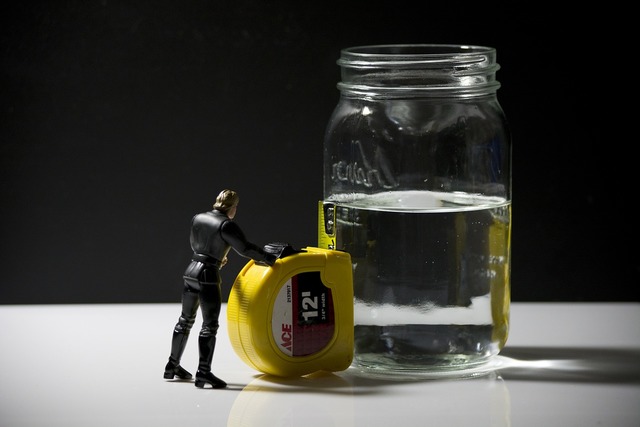Industry News
Customs Will Deactivate 232 Exclusions at 95%
TweetJan. 8, 2024
By:
David G. Forgue
As importers of steel and/or aluminum know, section 232 duties can add significant costs to imports of these products. Therefore, many importers seek exclusions from 232 duties from the Department of Commerce. Exclusions are specific to quantity, product, importer, and manufacturer.

One problem some importers have had is tracking their imports under specific exclusions. In some cases this had led to importers importing more than allowed with the exclusion (although it has also led to companies delaying imports, afraid of exceeding their exclusion amount). Apparently Customs has been no more successful at tracking the utilization of exclusion amounts than importers have been. This has, allegedly, led to excessive imports made without 232 duties being assessed.
In order to remedy this alleged issue Customs has announced that it will deactivate three kinds of exclusions when the quantities reach 95% of the excluded quantity. These are (1) exclusions from non-quota countries; (2) exclusions from European Union countries covered by tariff-rate quotas, and (3) exclusions valid for multiple countries subject to 232 and tariff-rate quotas. Once the 95% threshold is met, importers will be required to file post summary corrections to claim the remaining 5%.
While the plan to deactivate at 95% is likely to cause cash-flow problems for importers required to deposit 232 duties before seeking a refund through a post-summary correction, it will also allow Customs an additional time period to ensure the exclusion amounts are not exceeded. Importers who are aware of this policy may be able to plan their imports and cash flow to account for change. It is also likely that at least some importers with overlapping exclusions will need to switch to the “new” exclusion at 95% of the old exclusion instead of 100%
If you have any questions about Section 232 quotas, exclusions, or management, do not hesitate to contact any attorney at Barnes, Richardson & Colburn.
